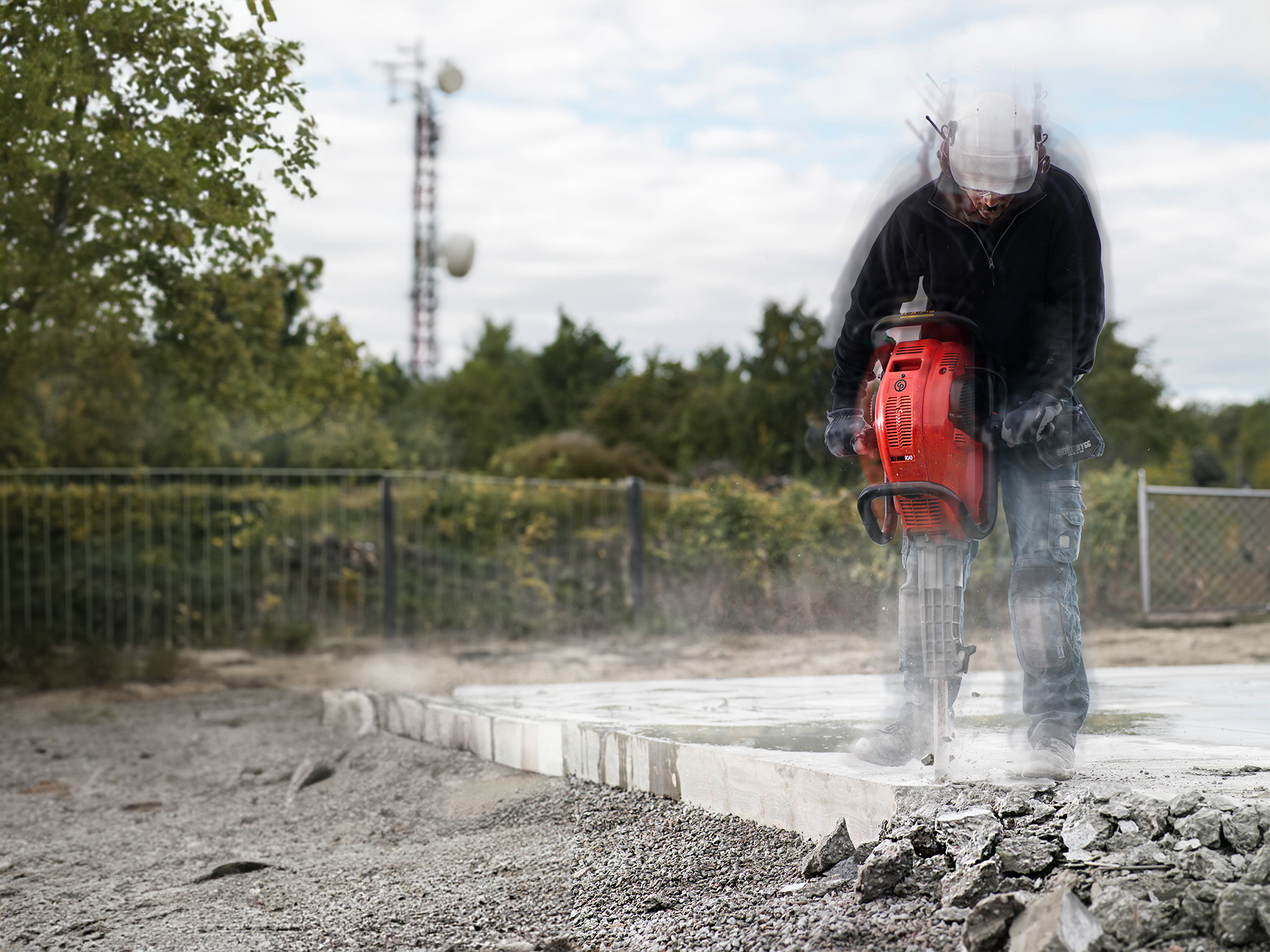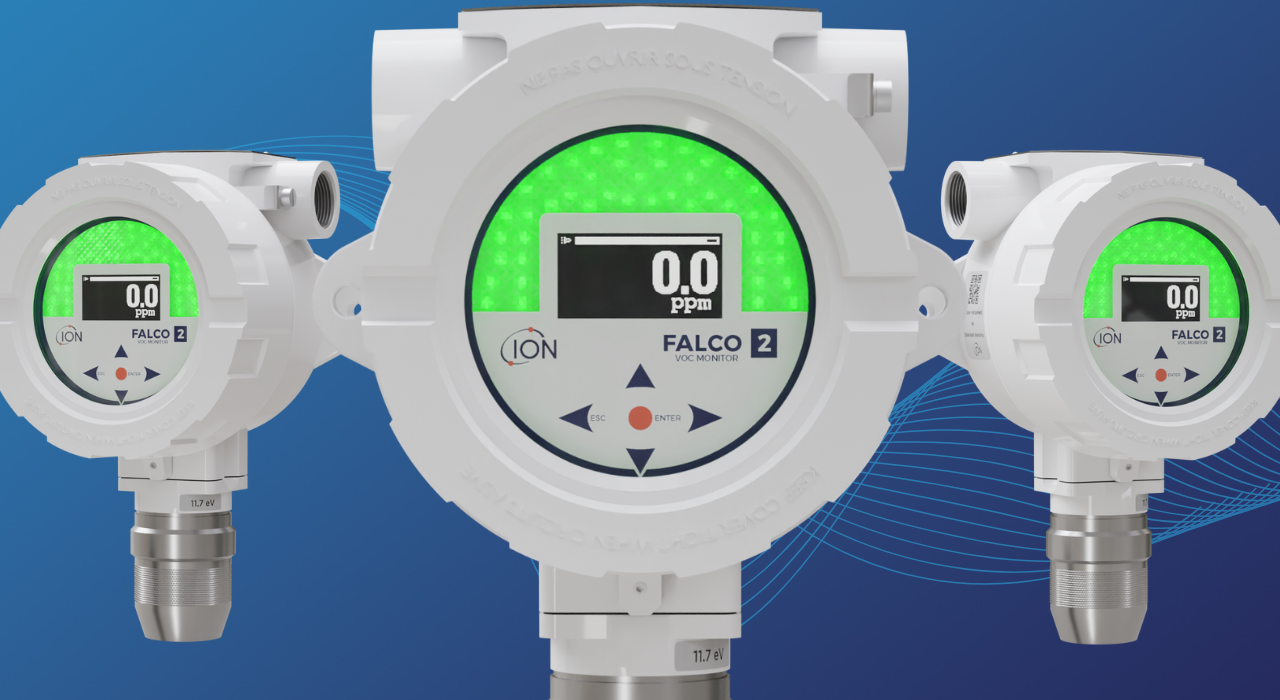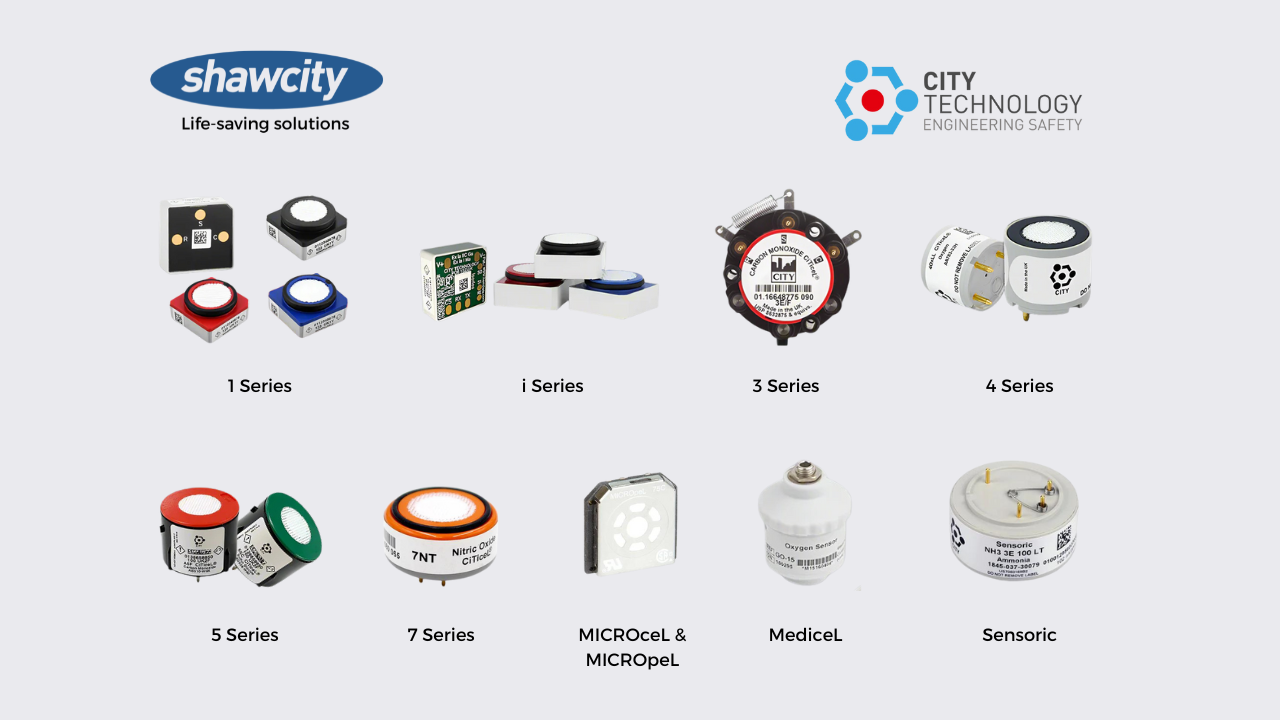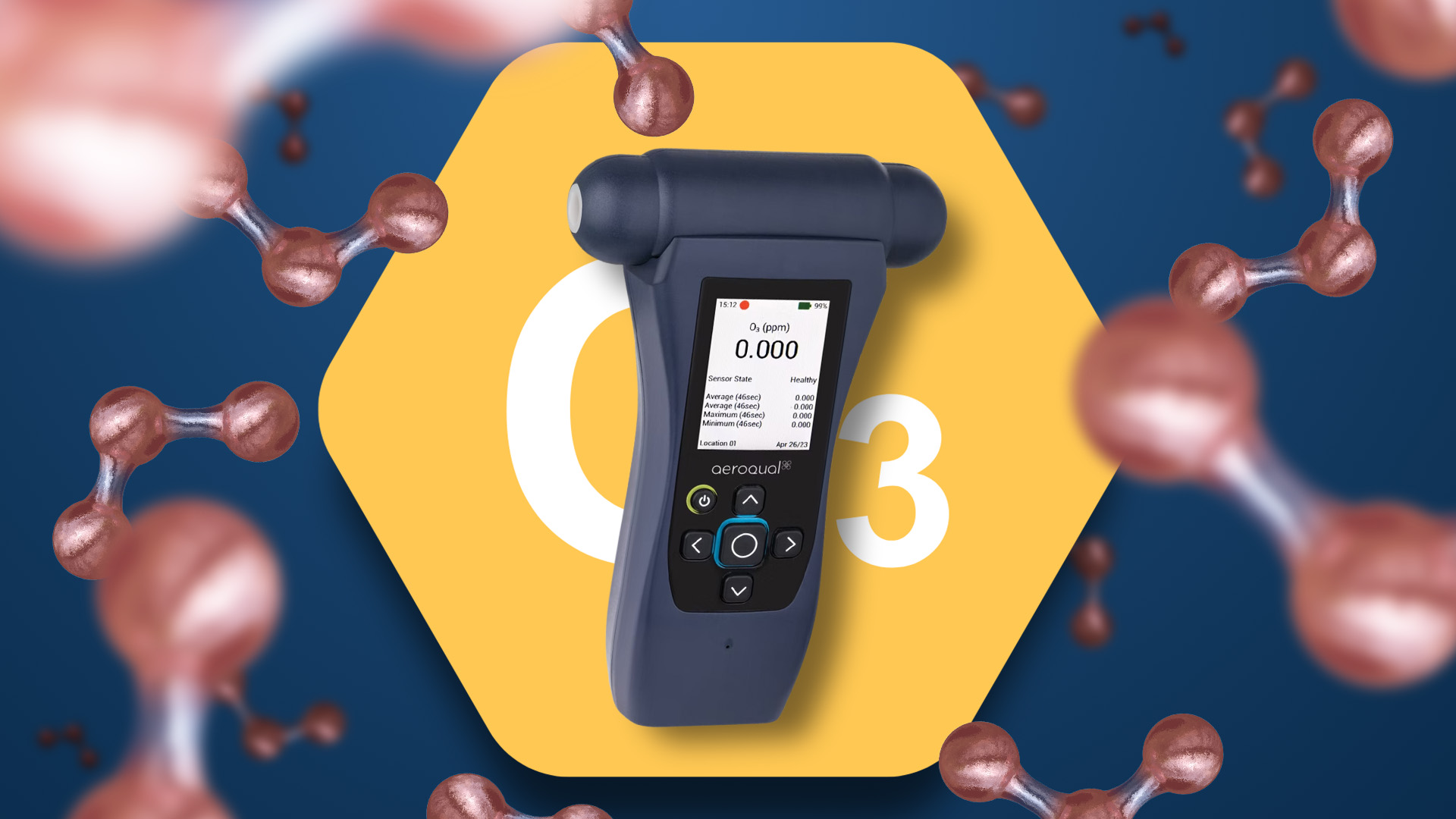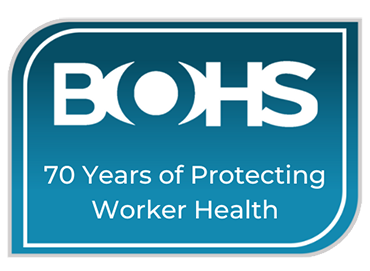In the realm of occupational hazards, there exist often underestimated threats that permeate through the very air we breathe and even the ground beneath our feet - noise and vibration.
According to the UK's Health and Safety Executive (HSE), exposure to noise above certain limits can lead to permanent hearing loss. Exposure to excessive vibration can lead to musculoskeletal disorders, nerve damage, and even cardiovascular problems.
This article aims to shed light on the need for sound and vibration monitoring equipment, particularly in high-risk environments where professionals may be susceptible to these occupational hazards.
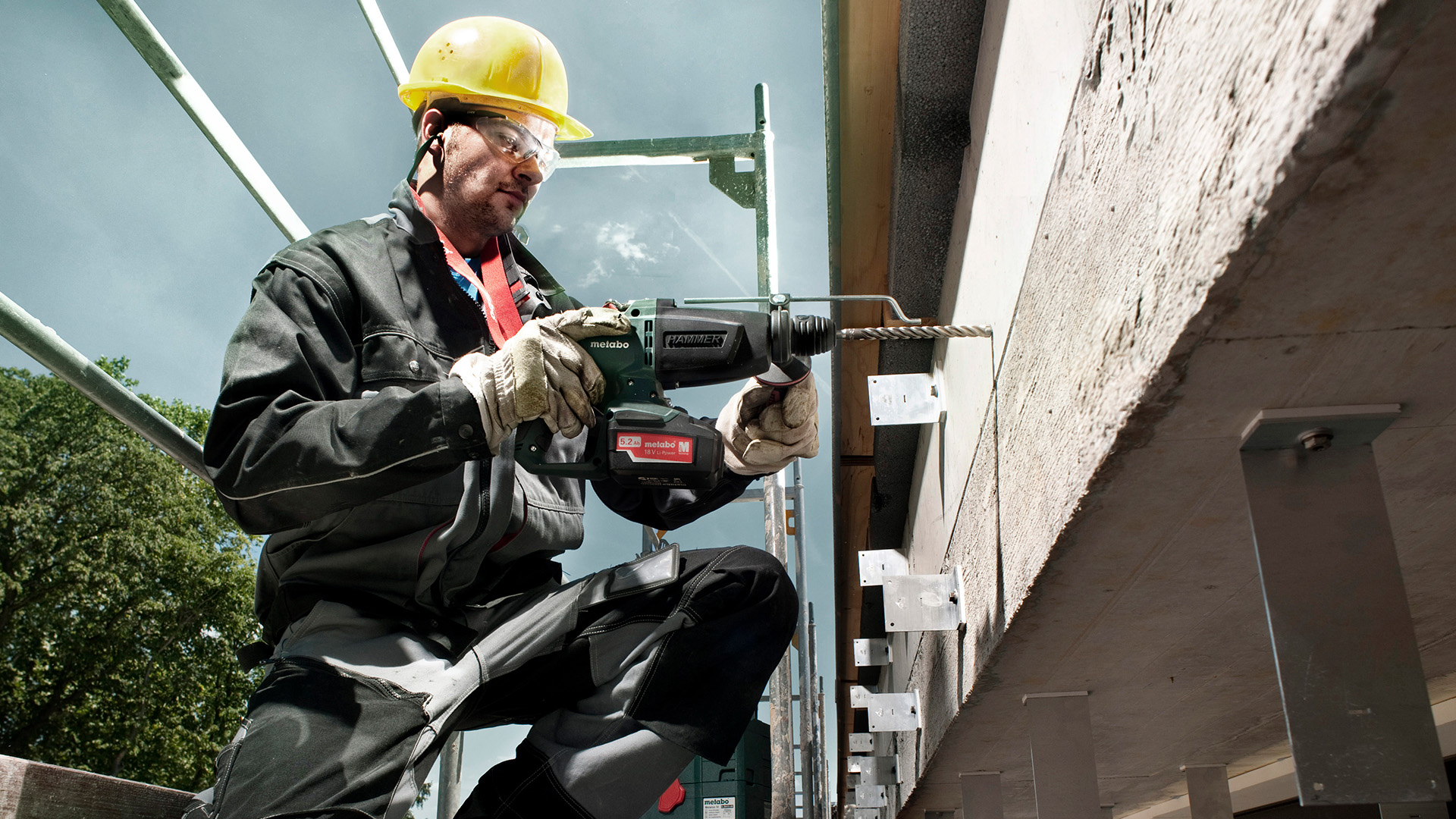
How loud is too loud?
The safe limit for daily noise exposure is generally considered to be around 80-85 decibels (dB). Anything above that can be harmful depending on the duration and frequency of exposure.
The HSE states an 87 dB(A) daily or weekly average, is the maximum level to which workers can be exposed, even with hearing protection - anything over this requires immediate proactive action from the employer, such as specific risk assessments, reducing noise when and where possible, providing appropriate ear protection and health monitoring - and often training.
Who's at risk for noise and vibration damage at work?
The cacophony of a construction site, the rumble of heavy machinery, the constant noise on a factory floor - these are just some of the obvious, everyday sounds that can pose serious health risks for workers.
But it's not just loud machinery and heavy equipment that are cause for concern. Countless other jobs, such as music industry workers, drivers, and even the likes of restaurant workers can also potentially be at risk. So, who are the most vulnerable and what does the law say about protecting them?
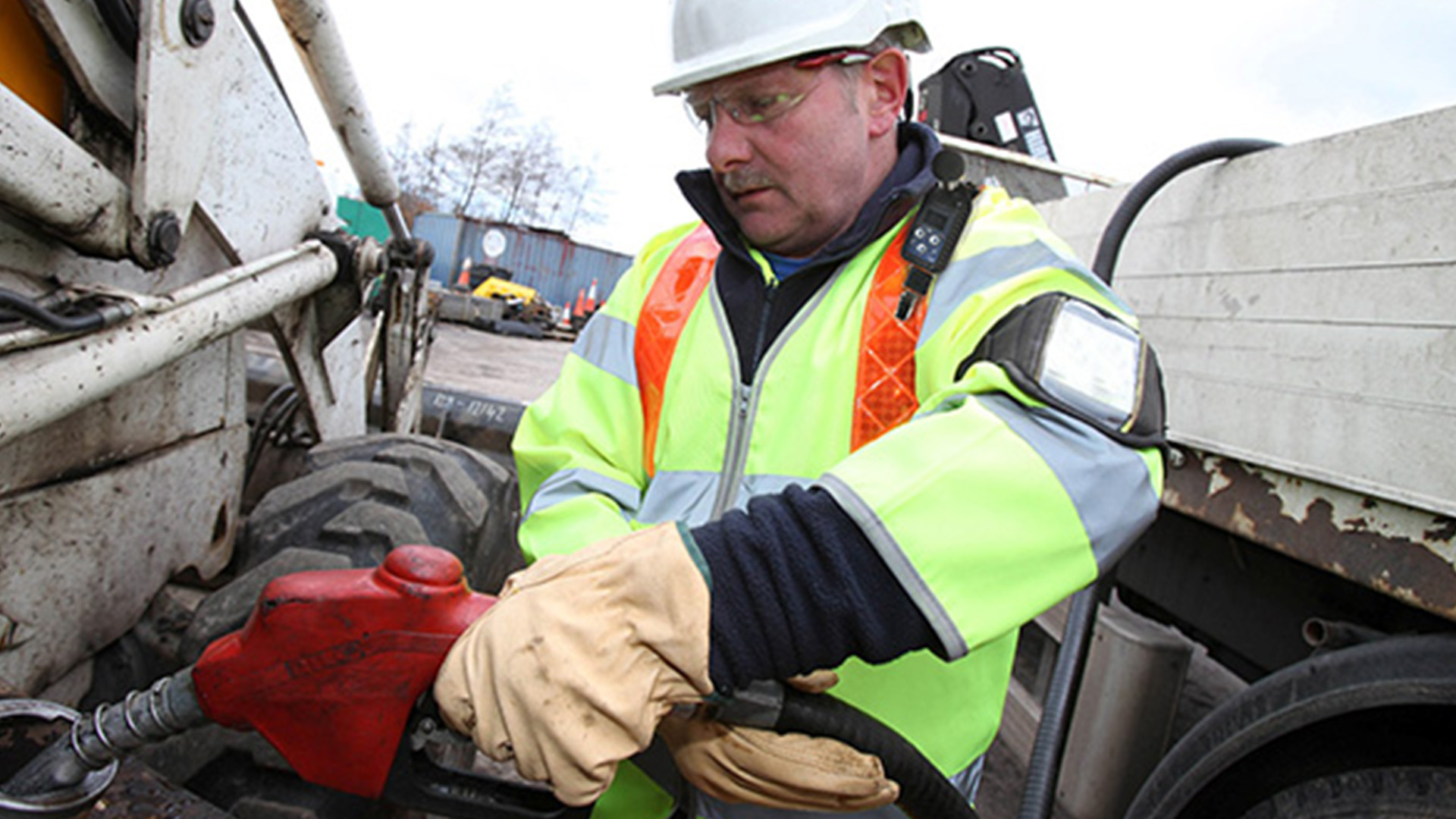
High-risk groups for noise exposure:
- Construction and related trades:
The Control of Noise at Work Regulations 2005 (CNWR 2005) specifically mentions the "high risk" posed by construction noise. Employers must assess risks, take action to reduce noise at 80 dB(A) and provide hearing protection at 85 dB(A) daily/weekly exposure. - Manufacturing workers:
CNWR 2005 applies here too, requiring similar risk assessments and control measures. The exposure limit remains at 87 dB(A), which it is prohibited to exceed. - Musicians and performers:
The Control of Noise at Work Regulations 2005 (CNWR 2005) covers musicians, setting an exposure action value of 85 dB(A) and an exposure limit value of 100 dB(A). Employers must provide information, training, and hearing protection at these levels. - Transportation workers:
Truck drivers and aircraft crew fall under the Control of Noise at Work Regulations 2005 (CNWR 2005), with similar risk assessment and control requirements. - Restaurant and hospitality workers:
While CNWR 2005 applies, employers may also need to consider the Health and Safety at Work Act 1974 for managing psychosocial risks like stress from amplified music.
High-risk groups for vibration exposure:
- Construction workers:
The Control of Vibration at Work Regulations 2005 (CVWR 2005) identifies construction as a high-risk sector. It sets exposure action values and exposure limit values for hand-arm vibration (HAV) and whole-body vibration (WBV), requiring risk assessments, information, training, and vibration-damping equipment as needed. - Landscaping and forestry workers:
CVWR 2005 covers these professions as well, with the same obligations for employers as in construction. Workers might use handheld vibrating tools or ride-on vibrating machinery. - Miners and quarry workers:
CVWR 2005 applies, mandating similar risk assessments and control measures for WBV exposure from heavy machinery. - Transport drivers:
Long-distance truck drivers fall under CVWR 2005 for WBV exposure, with employers obliged to assess risks, provide information and training, and implement control measures like vibration-dampening seats. - Cleaning and maintenance staff:
CVWR 2005 covers HAV exposure from vibrating cleaning equipment, requiring similar employer obligations as for other high-risk sectors.
Following the relevant regulations and implementing proper controls are crucial for employers to protect their workers' health and well-being from the often invisible dangers of noise and vibration. By understanding the risks and taking proactive measures, we can ensure that the sounds of work don't become a painful echo in the years to come.
What are the legal obligations for controlling noise and vibration in the workplace?
Ensuring the safety and well-being of employees from excessive noise and vibration is not just a good practice, it's a legal requirement under two key regulations:
1. The Control of Noise at Work Regulations 2005 (No.1643):
This regulation sets out the framework for protecting workers from hearing damage caused by workplace noise. It mandates employers to:
- Conduct a risk assessment: Identify noise sources and measure exposure levels to determine potential harm.
- Implement control measures: Reduce noise levels at the source, through engineering controls or work practices. Buying lower noise-making machinery is one good example.
- Provide hearing protection: When noise reduction is not sufficient, offer employees suitable hearing protection devices (HPDs).
- Monitor exposure: Regularly monitor noise levels and employee exposure to ensure compliance with the regulations.
2. The Control of Vibration at Work Regulations 2005 (No.1093):
This regulation safeguards workers from the health risks associated with hand-arm and whole-body vibration. It requires employers to:
- Assess vibration exposure: Measure vibration levels from tools and equipment to identify potential risks.
- Implement control measures: Reduce vibration exposure through equipment selection, maintenance, and work practices.
- Limit exposure: Ensure exposure remains below the set Action and Exposure Limit Values (ELVs) to prevent hand-arm vibration syndrome (HAVS) and vibration white finger (VWF).
- Provide information and training: Inform employees about vibration risks, control measures, and reporting procedures.
Compliance with these regulations is not only critical for employee health and safety but also avoids potential legal and financial repercussions. Failure to adequately control noise and vibration can lead to fines, prosecutions, and civil compensation claims.
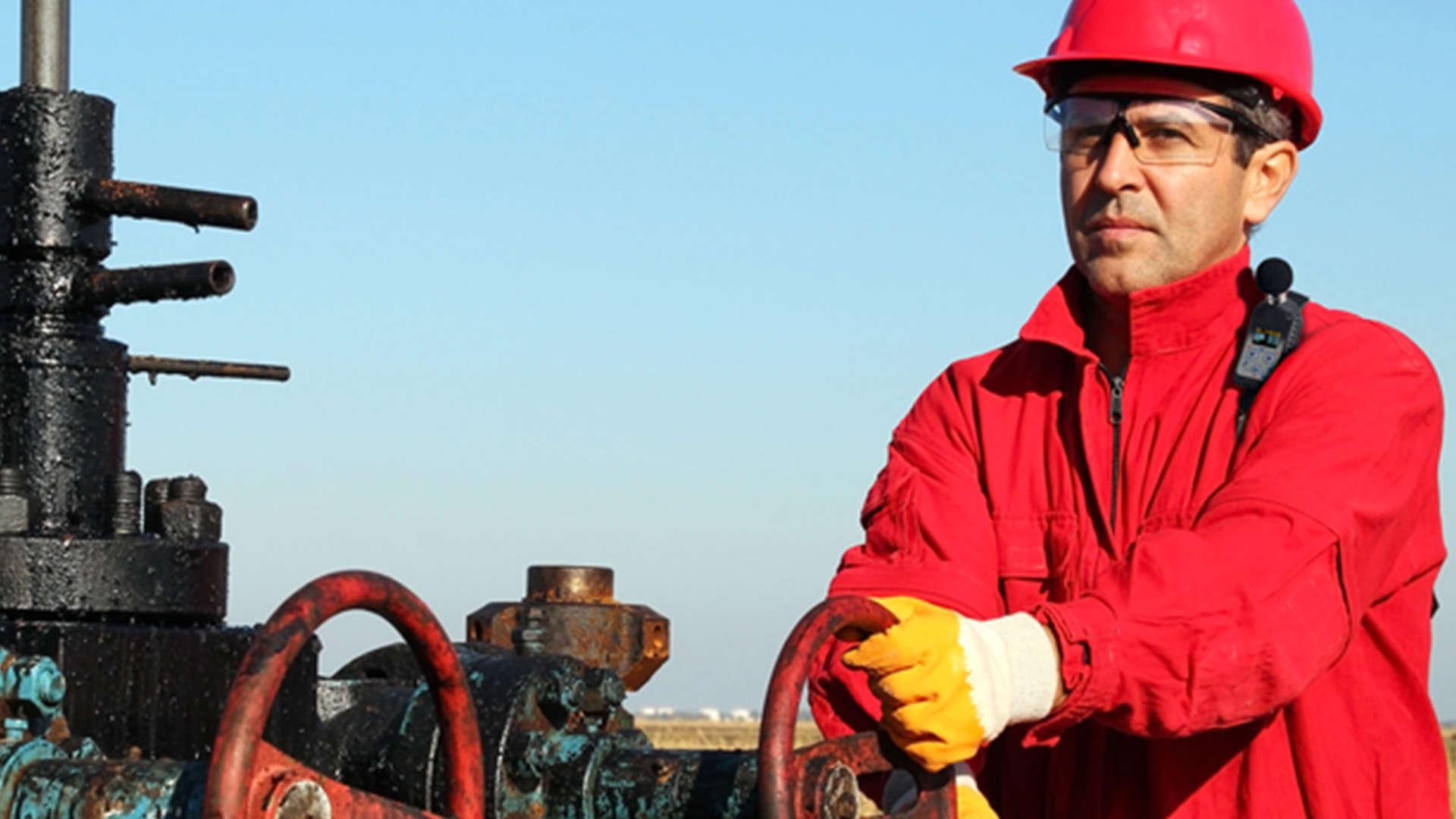
Can excessive noise and vibration in the workplace be more than just a nuisance? Can they harm employees?
Absolutely. While a noisy or vibrating environment might seem like an occupational annoyance, the long-term health and safety consequences can be significant. Let's delve into the legal and medical realities associated with excessive noise and vibration exposure, focusing on two key concerns:
1. Noise-Induced Hearing Loss (NIHL):
- Legal Considerations: The Control of Noise at Work Regulations 2005 (Regulation 5) mandates employers to assess noise levels and implement proper control measures if they exceed exposure action values (EAVs). Failure to comply can result in prosecution and hefty fines.
- Medical Consequences: Prolonged exposure to noise above 85 decibels (dB) can lead to NIHL, which is irreversible damage to the inner ear hair cells, causing tinnitus (ringing) and hearing loss. This can dramatically impact employee well-being, communication skills, and productivity.
2. Vibration-Related Disorders:
- Hand-Arm Vibration Syndrome (HAVS): Defined by the Control of Vibration at Work Regulations 2005 (Regulation 5), HAVS results from exposure to vibrating tools exceeding daily exposure action values (EAVs). Symptoms include tingling, numbness, and pain in hands and arms, potentially leading to permanent disability.
- Whole-Body Vibration Syndrome (WBVS): Exposure to vibrations transmitted through the body (e.g., from vehicles or machinery) can lead to WBVS, causing lower back pain, fatigue, and digestive issues. The European Physical Agents (Vibration) Directive 2002/44/EC sets exposure limits for employers to adhere to.
It's the employer's legal responsibility to protect employees from these risks. Regular noise and vibration assessments, implementing control measures to minimize exposure (engineering controls, PPE), and employee training are crucial.
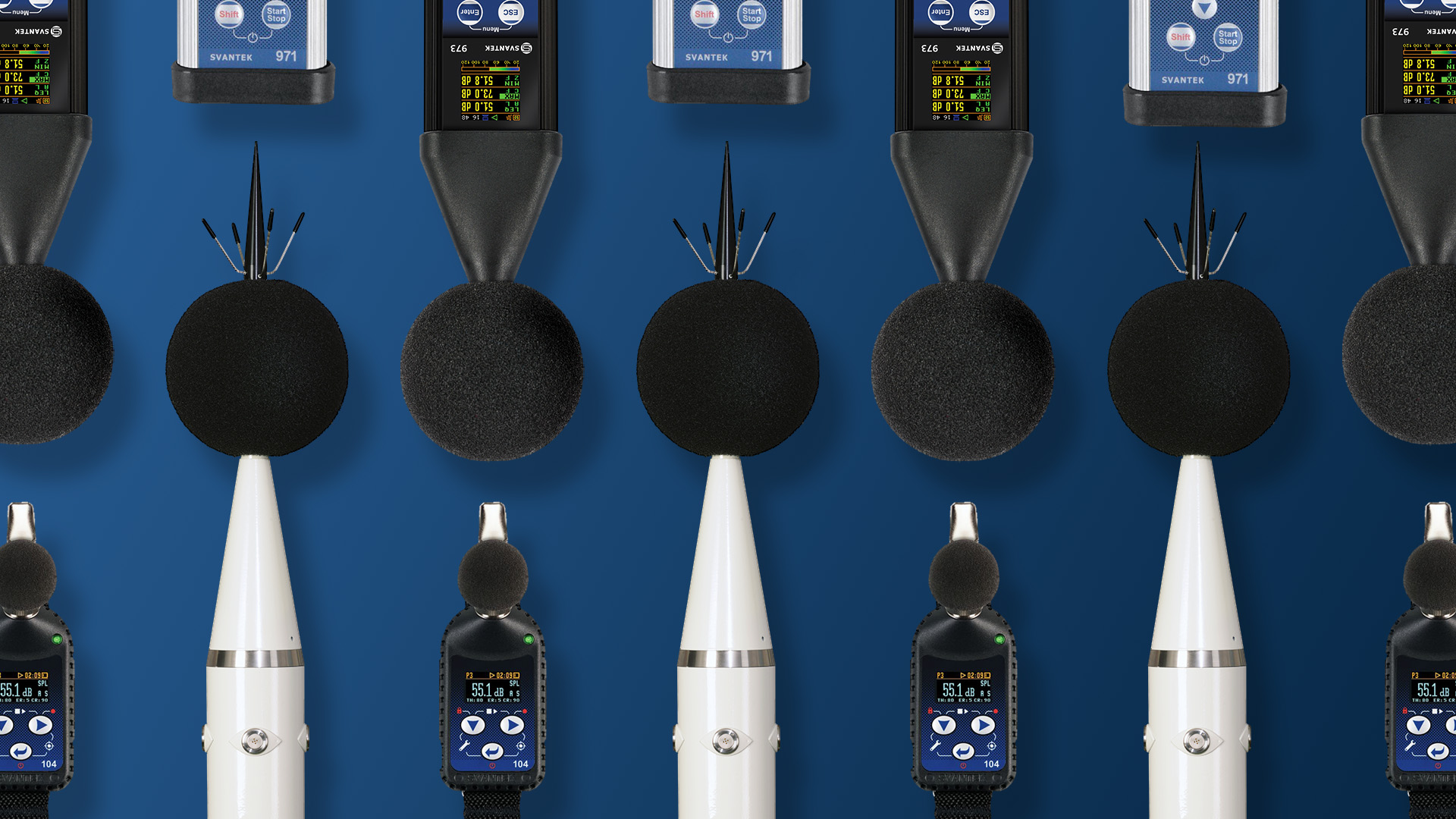
How can I ensure compliance with noise and vibration exposure regulations and protect myself from potential health risks?
In noise and vibration-heavy workplaces, knowing your rights and complying with exposure limits are essential for your well-being and legal protection. Shawcity is a trusted supplier of Svantek instruments, which offer precise monitoring which empowers you to navigate compliance confidently.
- Accurate Monitoring: Svantek equipment meets all industry standards, ensures precise measurement and records workplace noise and vibration levels, crucial for regulatory compliance and worker protection.
- Compliance Simplified: Understanding complex regulations, Shawcity provides equipment designed to meet industry standards, helping to ensure your adherence to legal obligations.
- Beyond Tools: A Safety Partner: More than a supplier, Shawcity is a partner and advisor in your worker protection journey. Our expert staff provide knowledge and proactive guidance, helping you implement the right protective measures to prevent short- or long-term damage to health.
Give us a call 01367-889553 or email Solutions@shawcity.co.uk
